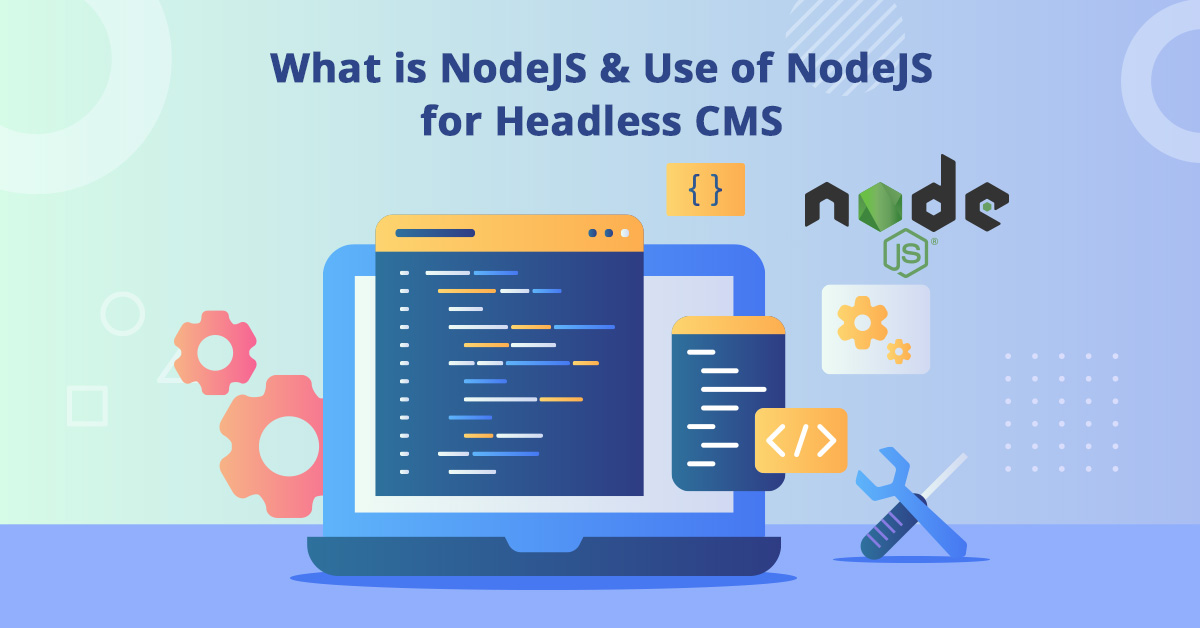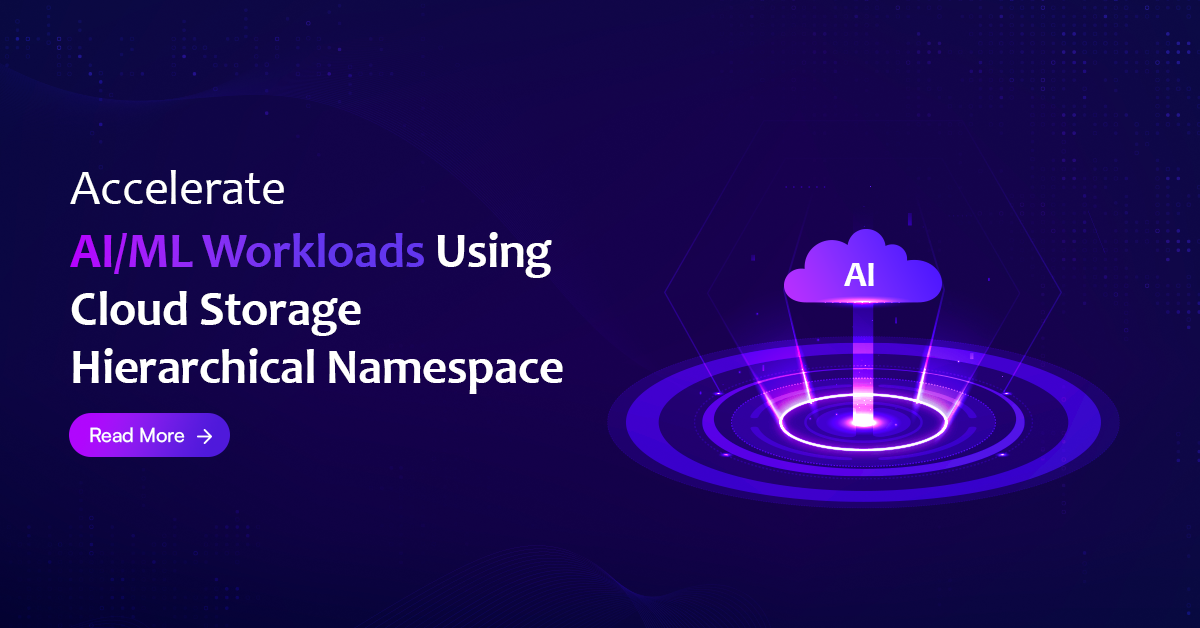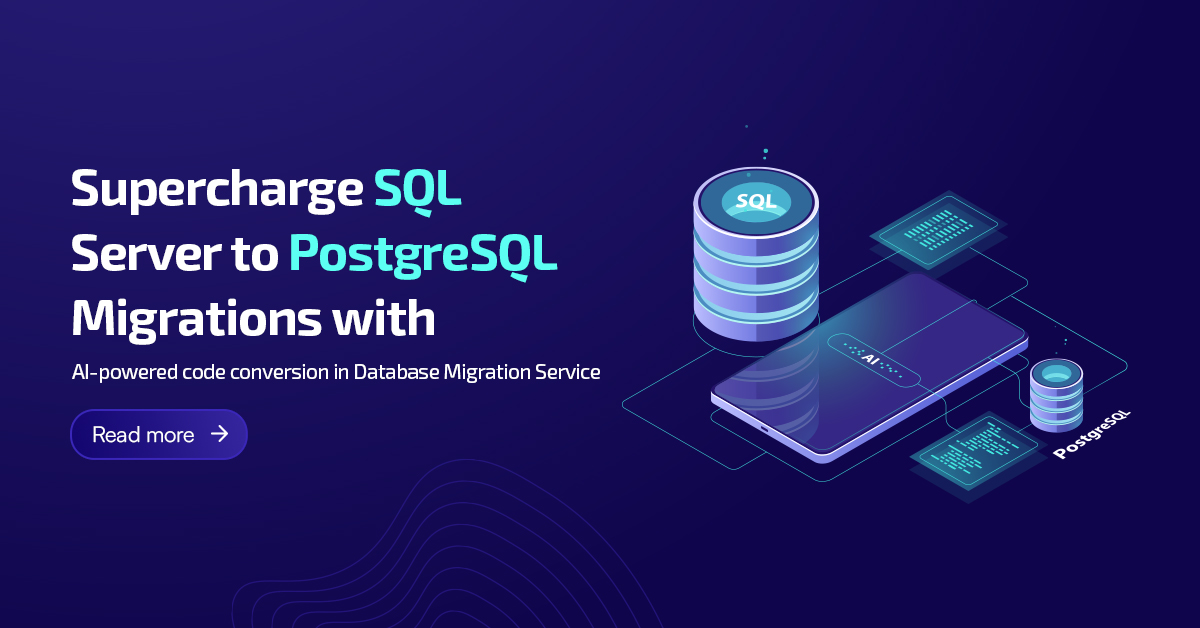
Node.JS is an asynchronous event-driven JavaScript runtime. This cross-platform and open-source Node.JS is an extremely popular tool for different kinds of projects. Node.JS is high performance in nature as it runs the core of Google Chrome – V8 JavaScript engine outside the browser.
The JavaScript runtime always runs in a single process and does not create a new thread for every request. Node. JS provides I/O primitives and is used in non-blocking paradigms. Nodes. JS makes block behavior appear successful as an exception rather than a regularity.
During I/O operations, Node.JS does not block the thread and wastes CPU cycles on waiting. Rather it resumes its operations as soon as the response is obtained. Thus, Node.JS can easily tackle multiple concurrent connections with just one server.
Features of Node.JS that makes it an apt solution for building scalable network applications
- Asynchronous: JS is asynchronous in nature. Thus, it can manage multiple requests and does not depend on one another. This, in turn, enhances the efficiency as well as throughput. This design pattern is popular by the name of “non-blocking code execution.”
- Data streams: Because of the Stream module, Node.JS applications do not face buffer issues. Stream module is a type of abstract interface which helps in streaming data. Node.JS can output data in chunks easily, and thus it allows the Node.JS developers to add composability in their code. Thus JS framework is suitable for developing scalable network applications.
- Unified API: JS displays popular server-side development patterns. Hence, one can seamlessly integrate the runtime with a database or browser which is compatible with JSON for full-stack development.
- V8: V8 was earlier meant for Google Chrome. The Chromium Project has developed this open-source JavaScript engine for Chromium web browsers and Google Chrome. It helps put together JavaScript with native machine code before final execution, resulting in improved runtime.
- Single-threaded: JS uses the single-threaded event loop model. So, it can easily handle different concurrent clients but without having to create multiple threads. This eliminates the performance expenses of thread context switching. Also, it helps in avoiding errors that arise because of incorrect thread synchronization.
Uses of Node.JS for different purposes
- Chat applications: One of the most common uses of Node.JS is to develop RTAs or real-time applications. Because of the event-driven, asynchronous nature of Node.JS, it can easily handle heavy input-output operations. Thus, Node.JS developers can easily enhance the performance level of modern real-time applications and meet the expectations of users.
- Command-line applications: Because of the Node.JS framework, developing command-line applications has got really easy, convenient, swift, and cost-effective. It comes with a vast library which comprises oclif, commander, yargs and so on. Even those Node.JS developers who are not well-versed with the conventional backend languages can easily use JavaScript for coming up with different automation solutions.
- Streaming applications: Netflix had moved more than half of its API to Node.JS in the year 2018. Because of open source, Node.JSNetflix finally has a common language for the browser side as well as server side. Also, the asynchronous non-blocking I/O capabilities of Node.JS make streaming and all other real-time operations quite effective and efficient.
- Embedded systems: JS is successfully used for hardware programming as well. Low.JS, a port of Node.JS that comes with lower system requirements, enables the Node.JS framework to run on inexpensive, power-efficient microcontroller boards. These boards are based on the ESP32-WROVER module.
Also, because of efficient and robust IoT and robotics development platforms, such as Tessel 2, using Node.JS libraries has become extremely easy and convenient.
- Browser games: JS also helps significantly in developing games with the help of technologies like Socket.IO and HTML5.Node.JS framework helps in developing multiplayer as well as single player games that one can play in the browser itself. Installation of third-party plugins is not necessary in this case. Game developers prefer this framework as it offers multiple effective tools like EventEmitter. These tools can manage the complications of multiplayer games easily and are used for the purpose of raising and handling custom events. Also, Node.JS enables the game developers to share multiple codes between the server and the client.
- CMS: JS is also used extensively to develop efficient content management systems. There are multiple headless CMSsystems that have been developed using the Node.JS framework. Open source headless CMS is the future of content management systems.
Now that we have learned about the various uses of Node.JS let us understand the concept of headless CMS.
Headless CMS – Meaning
An open-source headless CMS is basically a content management system that offers an editorial backend as well as a content repository. APIs are used to deliver all the content. The presentation layer is considered to be the head. Developers can easily support different channels such as in-store displays, mobile apps, etc. They are required to build channel-specific previews.
Features of headless CMS platforms which make them better than conventional content management systems
- Developer flexibility: One of the best headless CMS features, it allows the developers to go with a frontend tooling of their choice. They can easily select JavaScript over Ruby or PHP.
- Content management for multiple channels: Headless CMS helps in the smooth and convenient management of content on websites and apps. It is also possible to manage your admin/internal content in the same place.
- Faster editing experiences: Headless CMS needs not take care of content rendering issues. Thus it is more effective and beneficial than conventional CMS architectures.
- Improved security: In the case of headless CMS platforms, the level of security is further beefed up since the headless content is kept separate from the presentation layer. Thus the scope of the attack is not that high.
- Easier and seamless scaling: One can enjoy multiple benefits by using open-source headless CMS, such as the ability to alter developer tools at any time, single source of truth, high-performance cloud-based hosting, and so on.
How is NTSPL helping companies with modern business needs by offering the best Node.js value?
- Agile Procedure: NTSPL uses the Agile methodology and holds frequent scrum events in order to optimize processes and procedures while also delivering the best possible results to clients.
- Dedicated Teams: NTSPL has a team of Node.js developers who have extensive experience in developing high-end business solutions using a variety of frameworks and technologies.
- Integrity & Transparency: The team communicates with you constantly about every tiny project aspect, and takes into consideration any valuable advice you may provide when and as needed.
Takeaway
A powerful tool with several advantages, Node.JS is very popular among developers. Far better than frameworks such as PHP, Ruby, etc., Node.JS helps developers tremendously by enhancing the efficiency level of their projects. Its huge community is still working every day to make it better.
NTSPL’s Node.js developers have experience building complicated web-based apps, dynamic web applications, progressive web applications (PWAs), chatbots, social networks, and more. NTSPL makes extensive use of Node.JS in order to create the most feature-rich, high-performance, and user-friendly software solutions possible.





